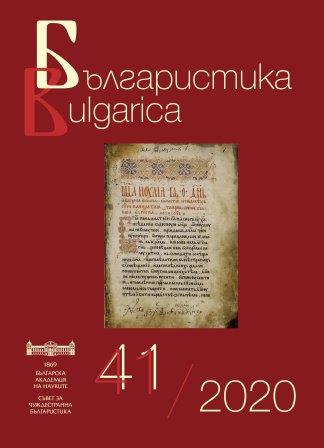
We kindly inform you that, as long as the subject affiliation of our 300.000+ articles is in progress, you might get unsufficient or no results on your third level or second level search. In this case, please broaden your search criteria.

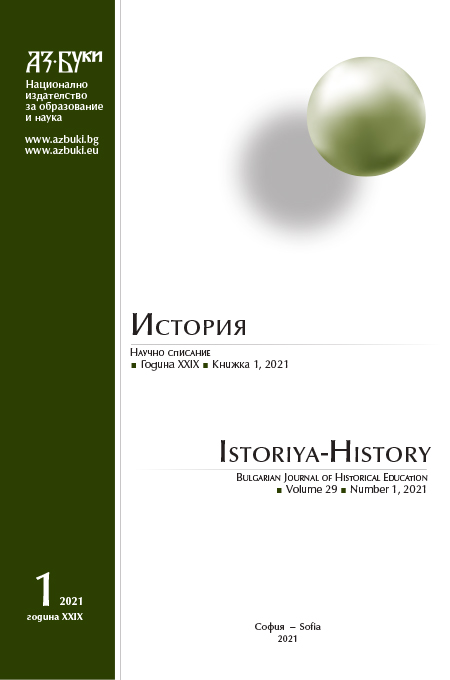
In our modern reality, one of the constantly relevant topics that excites the researchers, the teachers and the general public, is the content of the textbooks especially those on social and humanitarian subjects. The present study focuses on the analysis of a textbook from the beginning of 20th century – “Pictures from the general geography” of the Croatian Ivan Hoic. This work is characterized by a humanistic approach to the issue of otherness and the other. Hoic’ s work presents areal presentation of a foreign culture as a mandatory element of educational process. The view of Bulgarians presented by Hoic creates conditions for our self-knowledge even in the reality of the 21st century.
More...

This article will present you with the foundation of the modern Piraeus city between 1833 and 1838 in the light of unpublished archives from the fund of the Greek Ministry of the Interior in King Otto I’s time kept at the General State Archives in Athens. This document shows how immigration to Piraeus was largely channeled by the administration through the establishment of settlements (synoikismoi). It also highlights an original founding of a port city in the Eastern Mediterranean literally out of nowhere. It shows the creation of a community of inhabitants with the essential role of the natives from Chios first, then from Hydra, who form the two main groups, both separated but reunited in the new town, since each group has its own neighborhood, parish and church.
More...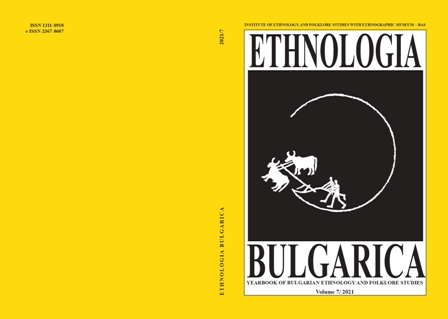
The article traces the regained popularity of a healing water source, promoted by the feigned healer and wonder-worker Angelush. The activities of Angelush are connected with the appearance of the Great Comet, observed in Europe in 1861. Many newspapers from this period reflect the miracles and the impressive crowds of people that visited the healing water source in Northeast Bulgaria, near the Danube River. The present-day ‘intervention’ in media background seems to result from the need of shedding light on the visible traces of the ‘heroic time, which are pertinent due to the proximity to the anniversary of the April 1876 uprising and to the exploit of Hristo Botev’s rebel band and the use of ‘Radetzki’ steamship in the same year. The text analyses a concrete case of inventing tradition, which appears necessary for present-day political and social purposes. The significance of the Well of Angelush as a sacred place is constructed entirely in media background, creating the myth that ‘Radetzki’steamship was built with the money earned from transporting visitors to the healing water source. In this case, the theme of the ‘heroic time’ and the immediate relation with the national narrative is used to testify the significance of a religious site, the belief in which should be a sufficient justification for its existence. Thus, in the 21st century, we witness how an increasing number of churches and monasteries in Bulgaria construct their past through the links they establish with nationally significant topics, characters and images. They do so by emphasizing not that much the spiritual and religious aspects – as connected with faith or with sacred scriptures, but rather – with the presence of traces of the heroic time, which inscribe the cult sites in the toponymic space of the nation.
More...
This article deals with a corpus of little known archival documents dating from 1888-1889, stored in the deposits of the Scientific Archives at the Bulgarian Academy of Sciences and concerning the population in the territory of present-day Bulgaria as well as the prevailing way of dressing of different groups towards the end of the 19th century. A number of photographs are included as illustrations in support of the textual descriptions. The author’s attention is focused on such archival units containing descriptions of women’s garb, attesting to the fact that during the period under review, part of the Gagauz women wore shalwar. The evidence presented shows that towards the late 19th century, this type of garment established a solid presence among the Gagauz community inhabiting the Black Sea coastal areas of Bulgaria. The styling, cut and manner of wearing of that garment comes as evidence that while originally the shalwar was worn exclusively by Muslim women, during the period of modernization of the Ottoman empire, they were ‘adopted’ by the Christian Orthodox Gagauz women.
More...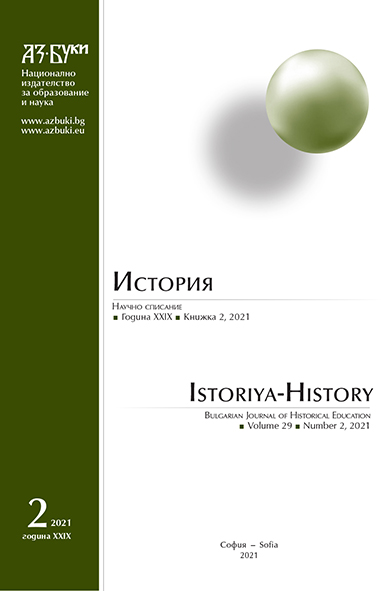

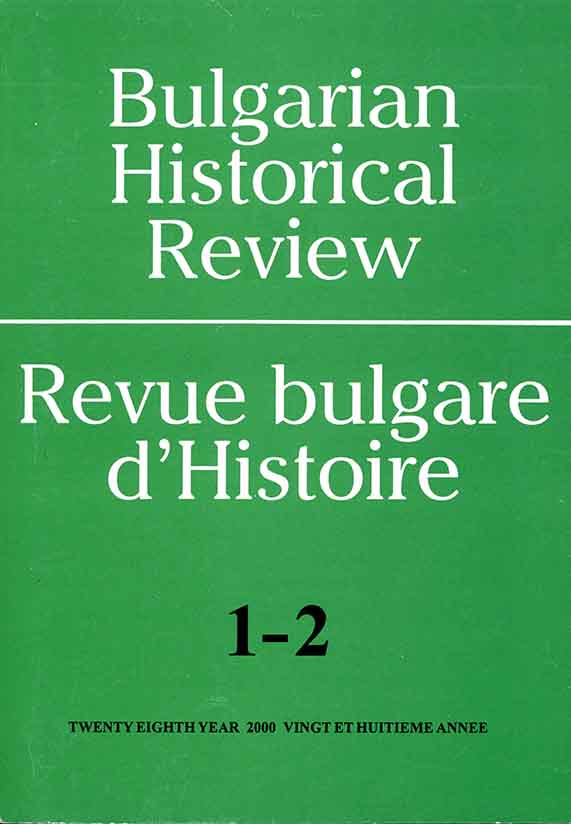
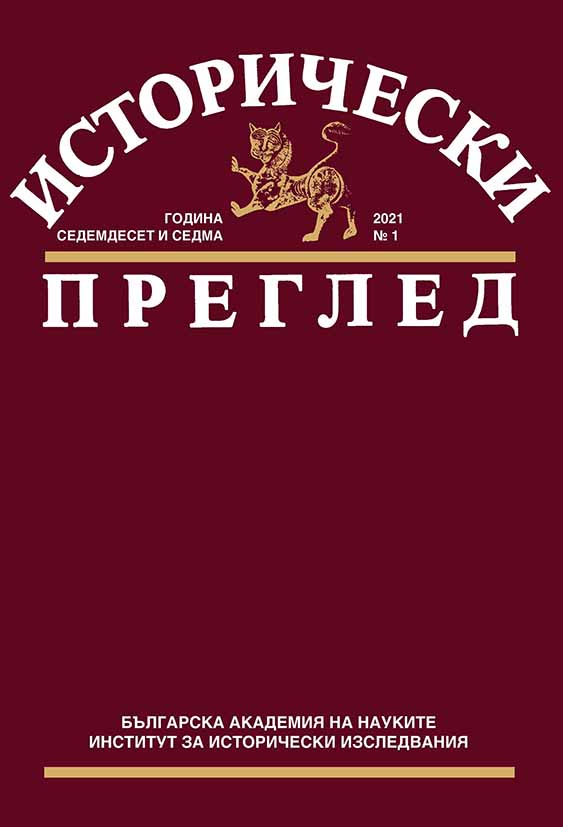
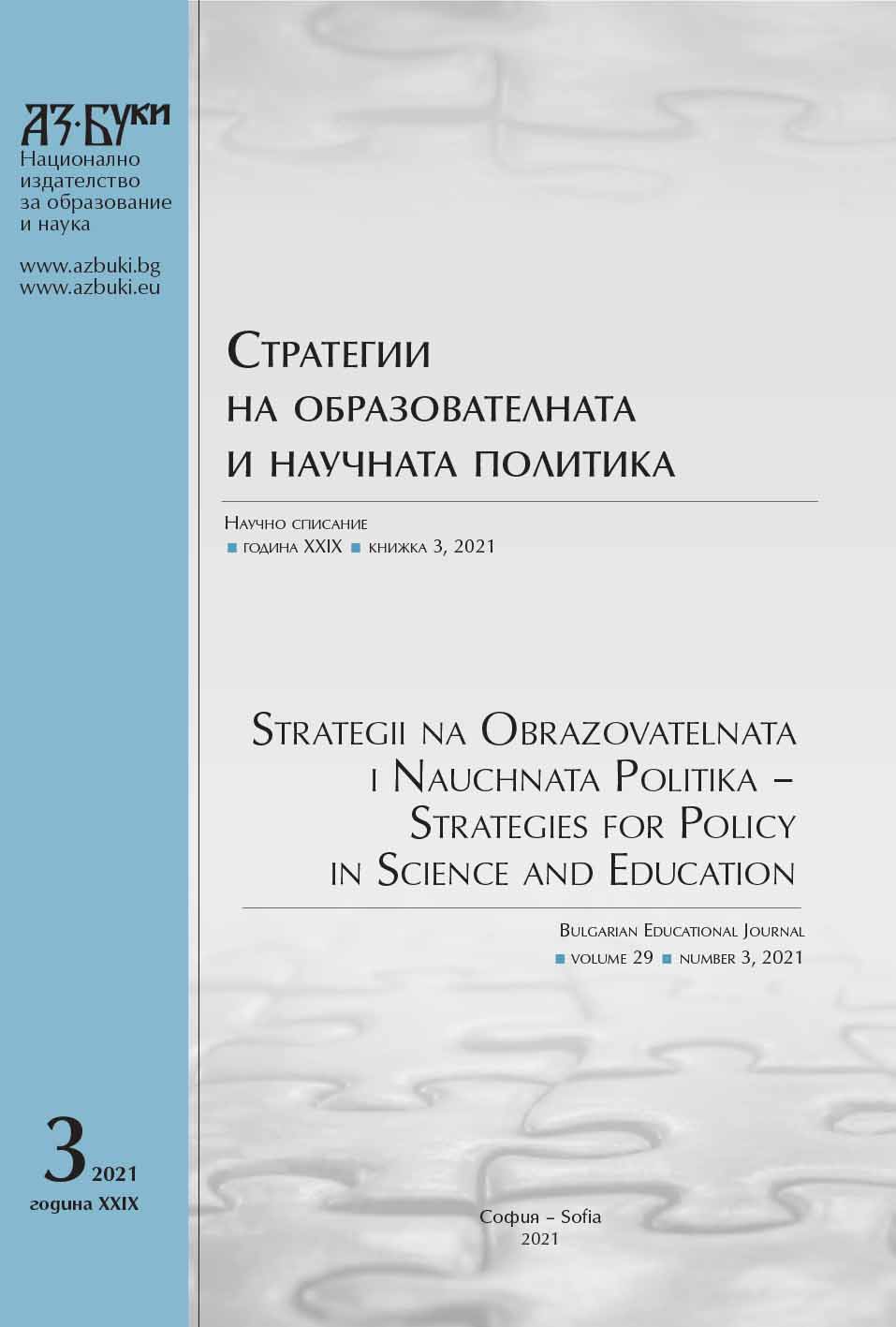
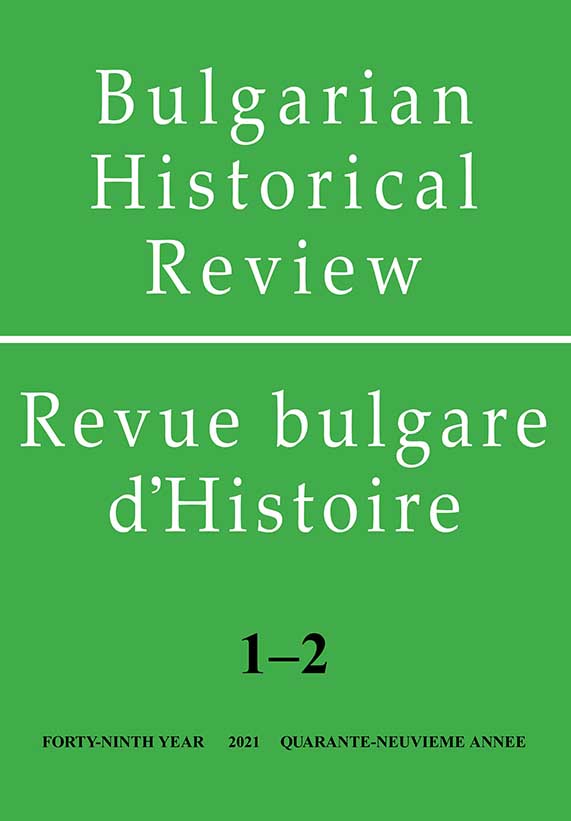
The Bulgarian presence in southern Transylvania, limited to four communities, was investigated accidentally, predominating the repertoire of facts – and is almost completely devoid of causal and comparative explanations. On the other hand, the two Bulgarian communities in the vicinity of Sibiu, Bungard and Rusciori, were never explained in relation to the historical era in which they were founded, neither concerning the guardian factor from Sibiu (political-administrative and religious), nor in their mutual relation. In these conditions, our research proposes: to identify and systematize, chronologically and logically, the relevant facts (from an ethnic, religious, administrative, linguistic point of view); to explain in a causal and comparative way the similar and divergent evolutions of the two communities; to discover and evaluate the external influences, which have determined decisive options regarding the adoption of the Lutheran or Orthodox confessions, as well as that of the Romanian or German languages; to explain the causes of the disappearance of the two Bulgarian communities, in terms of relations between external factors and internal decisions – adopted according to the group and individual interests. Specifically, we analyse the processes by which the Bulgarians from Bungard went from Orthodoxy to Lutheranism and then returned to Orthodoxy, while preserving the Romanian language. On the other hand, we point to a unique case in Transylvania, in which a community (Bulgarians from Rusciori), without acquiring the German language – and therefore without access to the founding cultural values of this nation – became a most active contributor to Nazi inspired German nationalism. The destiny of the Bulgarians from there merged (only after the compulsory education during the communist regime made the young Bulgarian-speaking Germans) with the fate of the German community in Romania, who emigrated en masse to “Vaterland”, where they are building their own futures.
More...
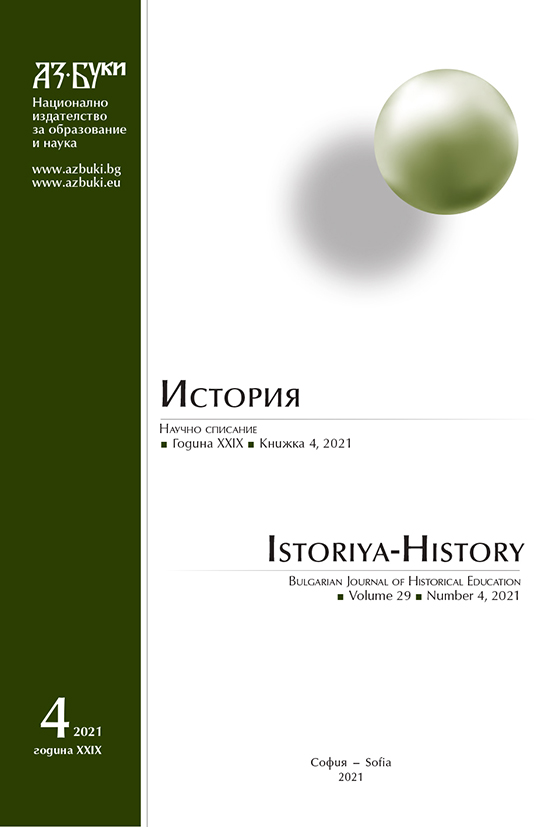
The article is devoted to one of the important aspects of the Stolypin agrarian reform – the practical activities of land settlement commissions in the field of land surveying in Southern Ukraine in 1906 – 1917. The personnel, tasks and functional responsibilities of members of land settlement commissions are clarified. The main types, volumes and results of land surveying works in the region are determined. It is proved that the practice of boundary works differed in the modernization of technical measures for the elimination of cross-strips, small strips, far-flung land, which led to improved field cultivation, increased agricultural yields and rising land prices. Special attention is paid to land management in the Bulgarian colonies of the region.
More...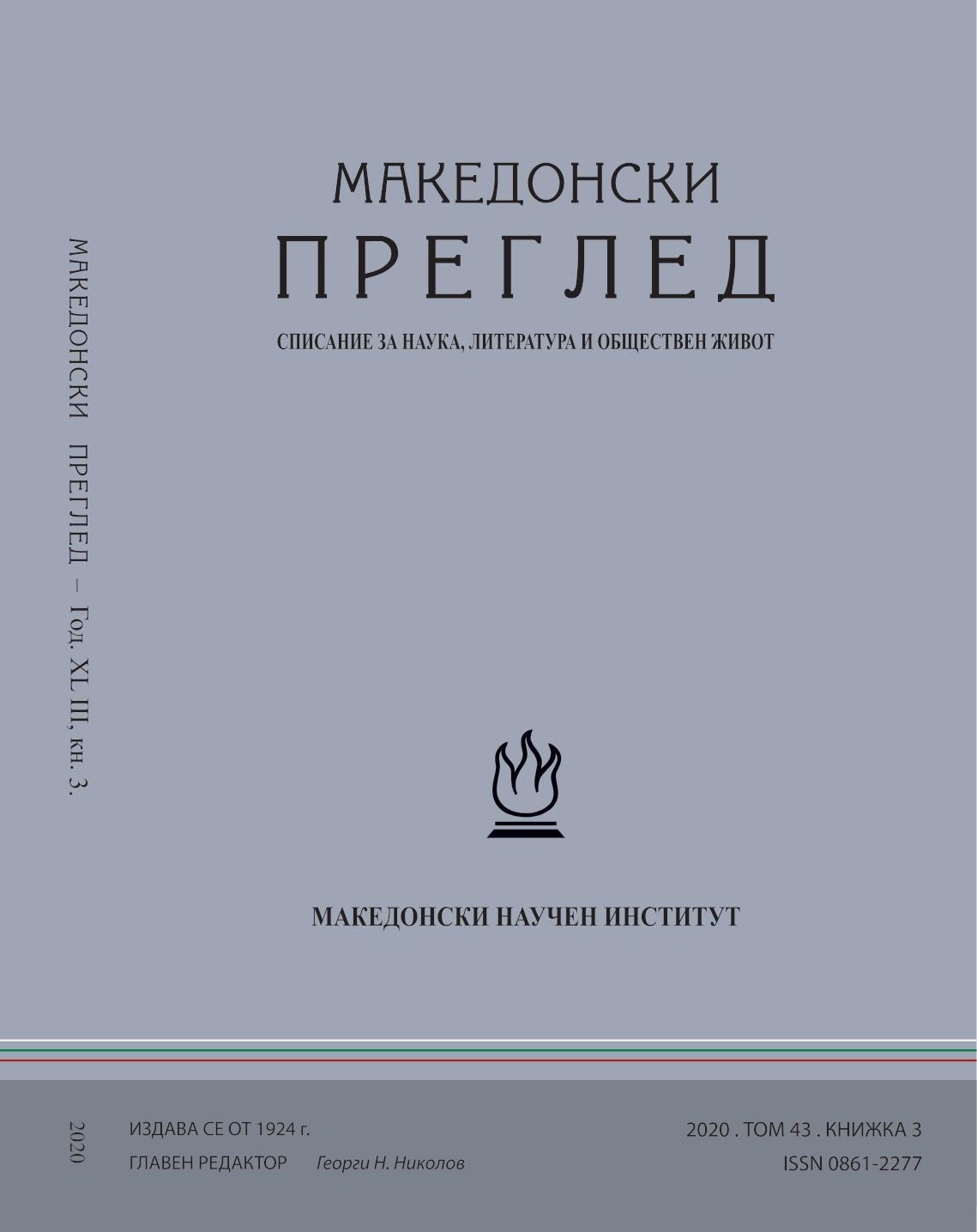
The article examines the parallels between the Macedonian and Dobrudzha issues within the framework of the common Bulgarian national question. The issue of Dobrudzha was eventually resolved in international relations, but the Macedonian issue did not find its solution with the entry of the Bulgarian liberation troops and administration in 1941. Thus the historical resemblance ends and here appears the political difference between the liberation of South Dobrudja and the German-authorized ‘temporary administration’ of the part of Macedonia under Bulgarian rule. There is still no lasting and just solution to the Macedonian issue and it cannot be seen in the thick darkness of the geopolitical labyrinth in which the Bulgarian nation was thrown by the Great Powers due to some or other regional interests. And it is unlikely to be seen soon.
More...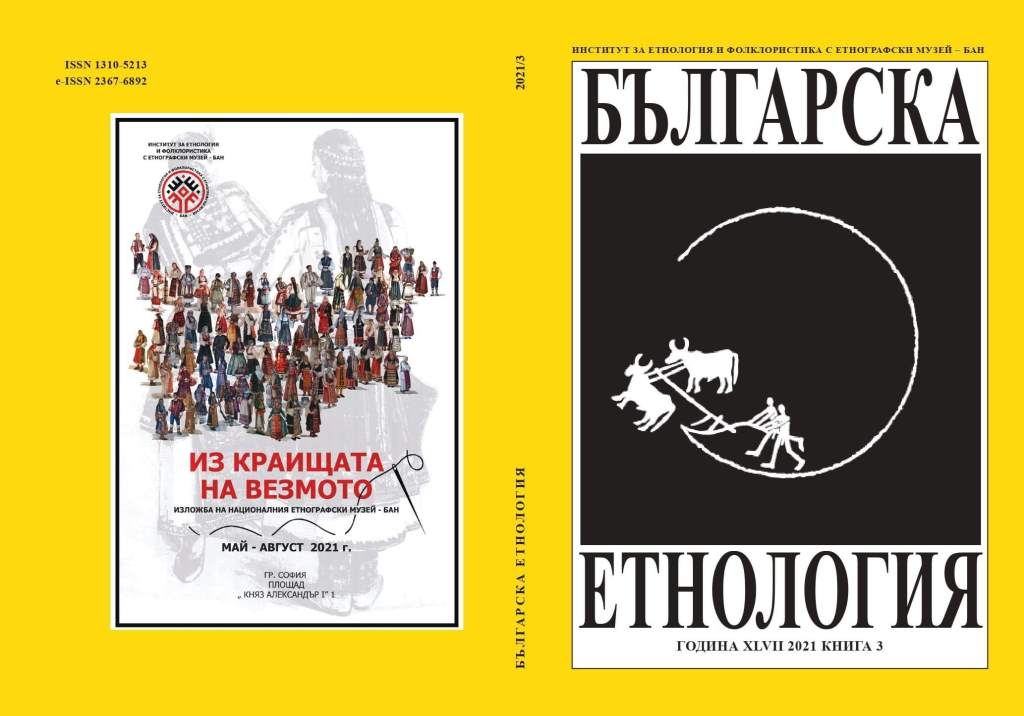
The article deals with the way history is experienced today. In Bulgaria it tends to move from the high rituals of the nation-state towards the realm of popular culture, being consumed in the form of entertaining fantasy plots, amateur science, touristic kitsch or historic reenactments (the latter are at the centre of the present text). Such consumerist attitude operates an invisible turn: it is not the past that ethically predetermines present actions, it is the contemporary consumer who chooses a past to experience.
More...
This paper explores the interactions between Thracians and Romans visible in historical reenactments in Bulgaria. Situated at the periphery of Classical Antiquity, Bulgarianhistoriography is strongly interested in the indigenous past. The idea of an alternative national Antiquity where autochthonous Thracians are imagined as equally important as Ancient Greeks and Romans has been promoted intensively through academic and cultural activities since the late 1960s. Beyond the official discourse, however, the Roman past appears to be more common among reenactors in Bulgaria than the Thracian one. Drawing upon ethnographic fieldwork during thematic festivals in several heritage sites, the article traces some of the contemporary representations of the Thraco–Roman relations. It examines the simultaneous heritagization of Classical and native Antiquity, and questions how modern identities are connected to living history and its ambivalent dependency on cosmopolitism and ethnonationalism.
More...
In recent years, so-called historical reenactments have become quite popular. Over time were formed groups of its “fans“ as well as critics. Thus, different research views on this phenomenon are a logical fact. By coincidence of life circumstances, I am in a position to allow a specific study of historical reenactments “from within“, because, in addition to being an ethnologist and museum curator, I am also an active historic reconstructor who participates in reenactments. In this study, I am looking through six historical reenactments in which I have directly participated, recreating three types of personalities – an ordinary unmarried young man from pre-industrial Bulgarian society, a clergyman from the Middle Ages and the Revival and a Bulgarian volunteer from the Russo-Turkish Liberation War(1877 – 1878). My target is, based on the “experience“, to look for the parameters of merging the present with the past in historical reenactments. What is the main reason for a modern person like me to look for a merger with a person from a bygone historical period and is it possible to do more than “playing“ in two events happening simultaneously – “once there“ and “here and now“. To answer this question, I use the method of personal history and critical self-reflection, analyzing the personal experience.
More...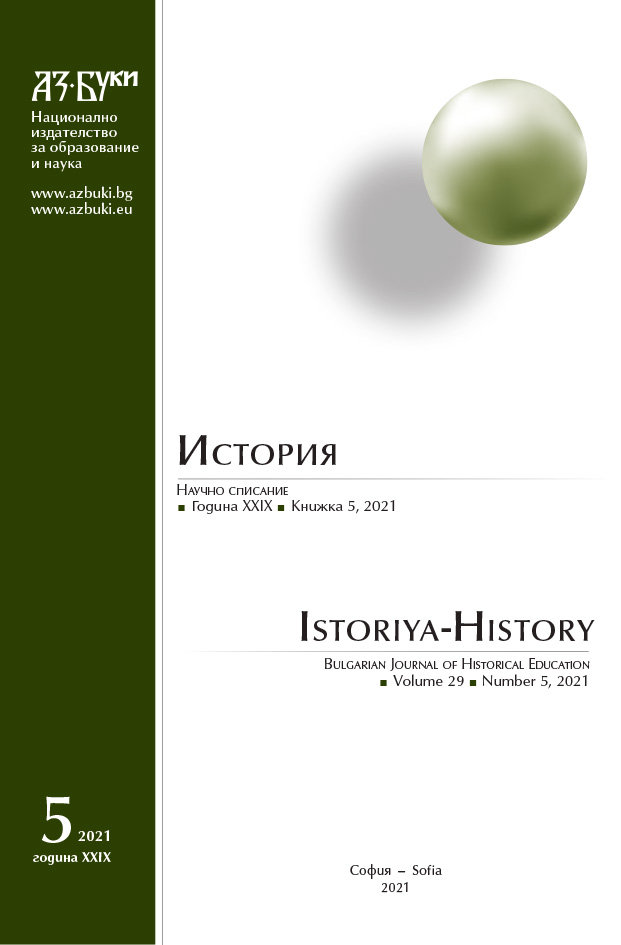
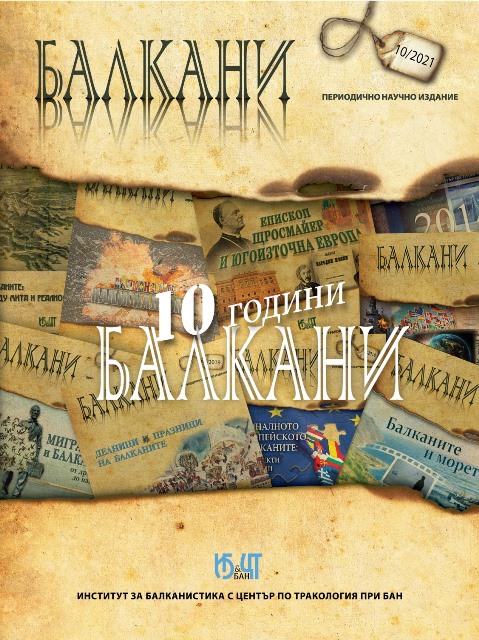
The study is mostly based on the writings of Father Arthur Droulez of Congregation of the Mission. Special attention is paid on his accounts about the Bulgarian Uniates in Macedonia, published recently (1839–1939) in French. The main themes are presented, supplemented by information newly obtained from the private Bulgarian archives.
More...